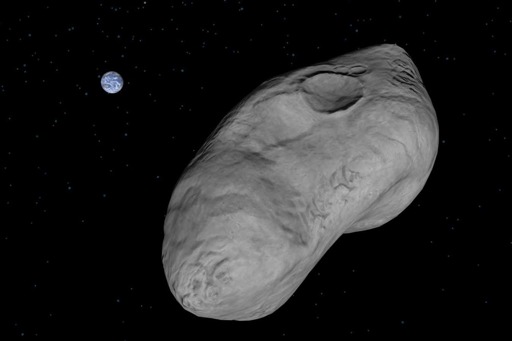- cross-posted to:
- space@lemmy.ml
- cross-posted to:
- space@lemmy.ml
Also, worst case scenario is that it’ll take out a city, the most likely scenario is that it hits the ocean if it does hit:
The asteroid is thought to be between 40 and 90 metres wide and has the potential to release energy equivalent to 7.7 megatonnes of TNT should it hit Earth – enough to destroy a city.
A really exciting possibility is that there’s a small chance it could hit the moon.
A really exciting possibility is that there’s a small chance it could hit the moon.
Ooh, that would make for some really pretty fireworks in the night sky. And some really weird tidal activity afterwards…
It’s not big enough to significantly affect the moon, so tidal activity would be normal. It would be a sight to behold though, especially through binoculars.
Exciting in the same kind of way as standing on train tracks with a plastic spork playing chicken with a bullet train.
If it hit the moon, we’d just get really nice fireworks here.
They could probably blow it up if it becomes inevitable that it will hit.
It’s not ideal. Then you’d have many still-problematic asteroids going in completely new and unforeseen directions. You want to keep it intact but give it a little nudge, which we have demonstrated we can do from NASA’s DART mission.
That’s good.
But as for blowing up, if it’s in too many pieces, the chances are many of them won’t even arrive to the ground since the smaller the asteroid is, the higher chances of disintegrating in the atmosphere.




